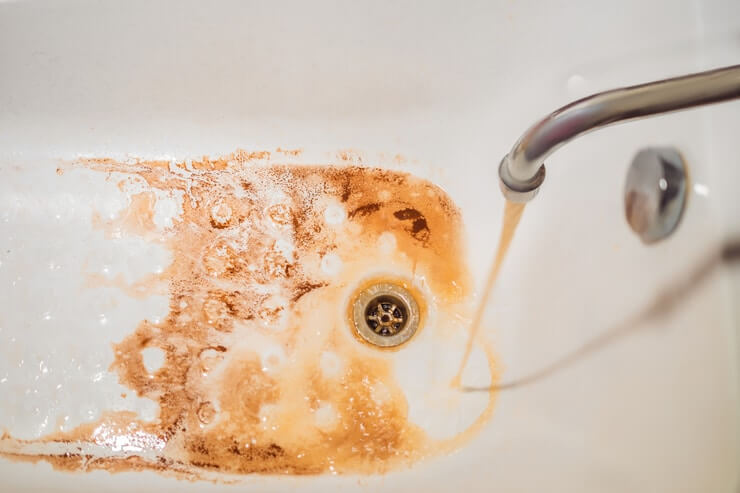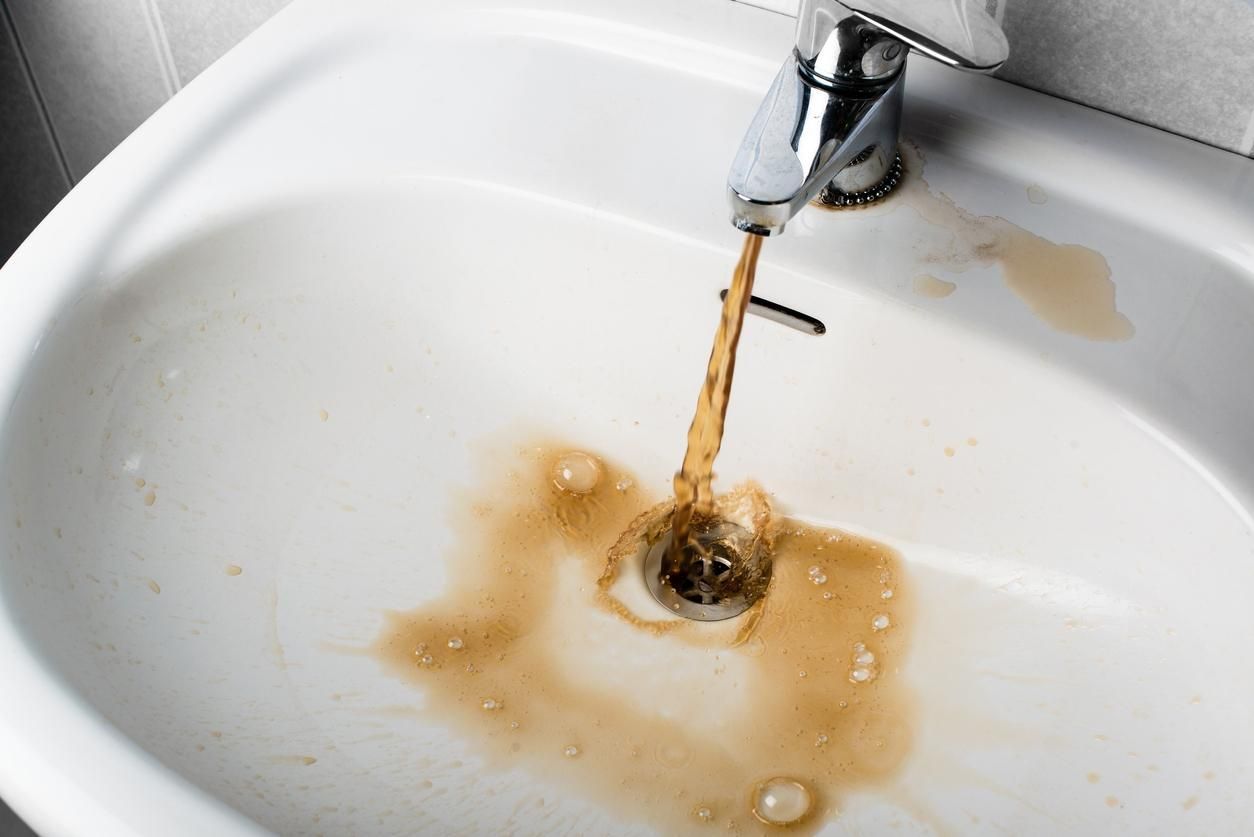Residential Painting: Transforming Your Home Inside and Out
Residential painting is a transformative process that breathes new life into your home. Whether you are refreshing the interior walls for a cozy ambiance or giving your exterior a vibrant facelift to boost curb appeal, painting is one of the most effective and affordable ways to revitalize your living space. This guide delves into the benefits, differences, and key considerations of both interior painting and exterior painting, helping you make informed decisions for your home improvement project.
Interior Painting: Adding Style and Comfort
Interior painting focuses on the walls, ceilings, and trim inside your home, offering endless opportunities to personalize your space. The right choice of colors can dramatically change the atmosphere of a room—soft pastels create a calming effect, bold hues bring energy, and neutral tones offer timeless elegance.
One of the main advantages of interior painting is its ability to enhance the overall mood of your home. A fresh coat of paint can make a small room feel larger, add warmth to a stark space, or even improve lighting by reflecting more light. Additionally, modern paint options come with various finishes, such as matte, satin, or gloss, to suit your aesthetic preferences and functional needs.
When planning an interior painting project, it’s essential to prepare the surfaces properly. This includes cleaning walls, repairing cracks or holes, and applying primer for a smooth, long-lasting finish. Professional painters also help homeowners choose the right type of paint, such as low-VOC or washable varieties, to ensure a safe and durable result.
Exterior Painting: Protecting and Beautifying
Exterior painting focuses on the outside surfaces of your home, such as siding, trim, doors, and even fences. Beyond aesthetics, it serves as a protective barrier against weather elements like rain, UV rays, and temperature fluctuations. A high-quality exterior paint job not only improves the visual appeal of your home but also extends the lifespan of its structure.
The choice of exterior paint color plays a significant role in creating a welcoming first impression. Whether you prefer classic shades that blend with the neighborhood or bold tones that make a statement, the options are endless. Additionally, exterior painting requires durable, weather-resistant paints designed to withstand environmental challenges without fading, peeling, or cracking.
Preparation is equally important for exterior painting. This involves cleaning surfaces, removing old paint, and repairing any damaged areas to ensure the new paint adheres properly. Professional painters often recommend painting during mild weather conditions to achieve the best results and avoid issues caused by humidity or extreme temperatures.
Benefits of Residential Painting
Both interior and exterior painting offer numerous benefits:
- Enhanced Aesthetic Appeal: A fresh paint job refreshes the look of your home, making it more inviting and visually pleasing.
- Increased Property Value: A well-painted home can boost its resale value and attract potential buyers.
- Improved Protection: Exterior paint shields your home from the elements, while interior paint protects walls from wear and tear.
- Personalization: Painting allows you to customize your home to reflect your personality and style.
Choosing the Right Professionals
While DIY painting can be rewarding, hiring professional painters ensures precision, efficiency, and high-quality results. Experienced painters have the tools, skills, and knowledge to handle both interior and exterior projects, delivering a flawless finish that stands the test of time.
Final Thoughts
Residential painting is more than just a cosmetic upgrade—it’s an investment in your home’s appearance, durability, and value. Whether you’re updating your interiors to create a cozy retreat or giving your exterior a bold new look, painting is the perfect way to refresh your living space. With proper planning and the help of skilled professionals, you can transform your home into a beautiful, welcoming haven.

